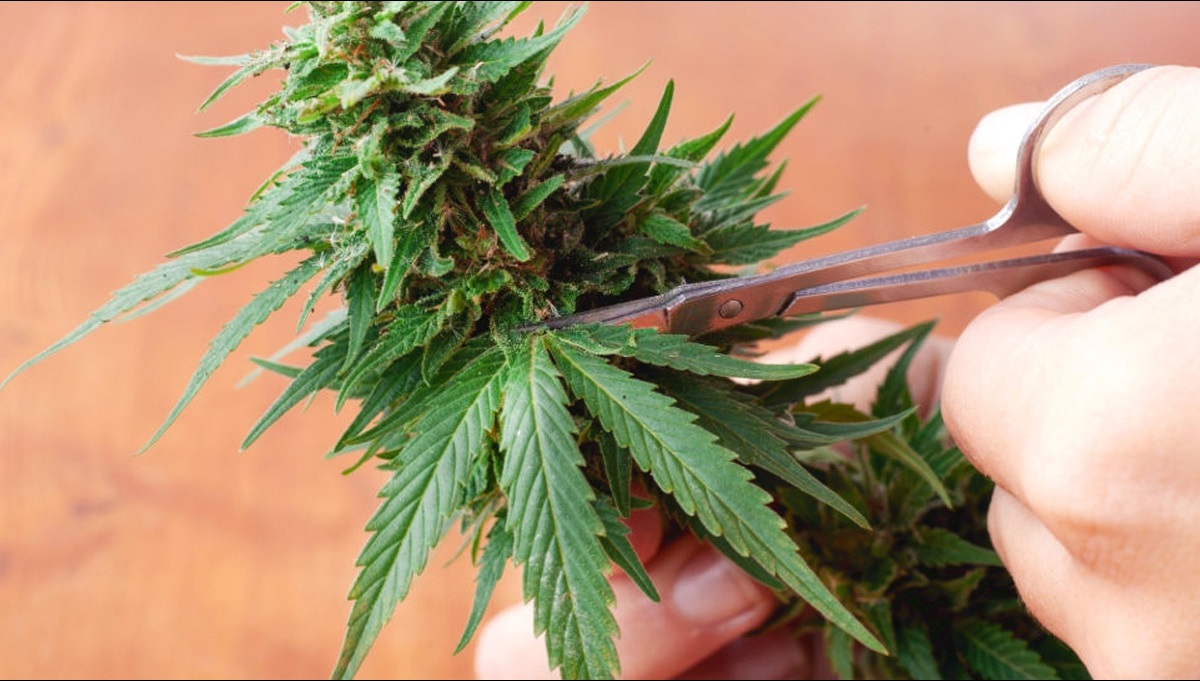According to a recent study from the University of California Berkeley Cannabis Research Center, cannabis farmers are consuming less water than had been thought.
The Cannabis Research Center started to research water use on cannabis farms in 2017, shortly after cannabis was legalized for recreational use in California.
“There is growing concern over the impacts of cannabis farms on the environment and water resources in particular, yet data on cultivation practices and water use patterns have been limited,” according to the study.
“The current study uses data reported by enrollees in California’s North Coast Regional Water Quality Control Board Cannabis Program to model how variation in cultivation practices and the use of stored water affect the timing and amount of water extracted from the environment.”
Natalynne DeLapp, the executive director of the Humboldt County Growers Alliance, said the research coincided with what her organization has seen locally.
“It’s a really timely (study) given how important these conversations are right now,” she explained. “I think some people have an idea that cannabis is a particularly thirsty plant and it’s never been true. Now that we’re a few years into legalization and have more data, it’s good to see that reflected in the academic research.”
Van Butsic and Ted Grantham, are the co-directors of the Cannabis Research Center and adjunct fellows at the Public Policy Institute of California’s Water Policy Center.
“We’re approaching 8,000 legal cannabis farms in the state, including permitted indoor and outdoor growing facilities. But most farms statewide are not permitted,” Butsic said in a PPIC publication. “To give you a sense of scale, we estimate that Humboldt and Mendocino counties alone had around 15,000 illegal farms in 2018. Permitted farms tend to be much larger than unpermitted farms, so by area it’s probably not as extreme as the farm numbers alone indicate.”
“Most of the state’s licensed growers are also in that area,” he said. ” … We are concerned about cannabis water use because many cannabis farms are in remote upper watersheds that support sensitive species. There’s naturally low water availability in these headwaters, especially in the dry season, so even small diversions can have an impact on the ecosystem.”
The two said their research “hasn’t found cannabis to be particularly thirsty relative to other crops.”
“Legal outdoor production uses about the same amount of water as a crop like tomatoes,” Bustic said.
“Cannabis farms are considerably smaller than other crops — on average, about a quarter acre. So, cannabis has a very small footprint and accounts for just a fraction of the water used by California agriculture overall,” Grantham said. “We see more variability in cannabis water use than other crops, partly because cannabis has avoided the standardization of production methods that we find in large-scale agriculture.”
“Add it all up and we’ve estimated that a single large almond farm in the Central Valley utilizes 33 times more water than all permitted Humboldt cannabis farms combined,” she said. “Another way to look at thirstiness is to consider how much output is produced by a single gallon of water. For other crops like tomatoes, lettuce or almonds, a gallon of water produces between a tenth of a cent to two cents of value in yield. For cannabis, a gallon of water produces nearly $7 worth of value. In that sense, cannabis is by far the most water-efficient agricultural product in California.”

